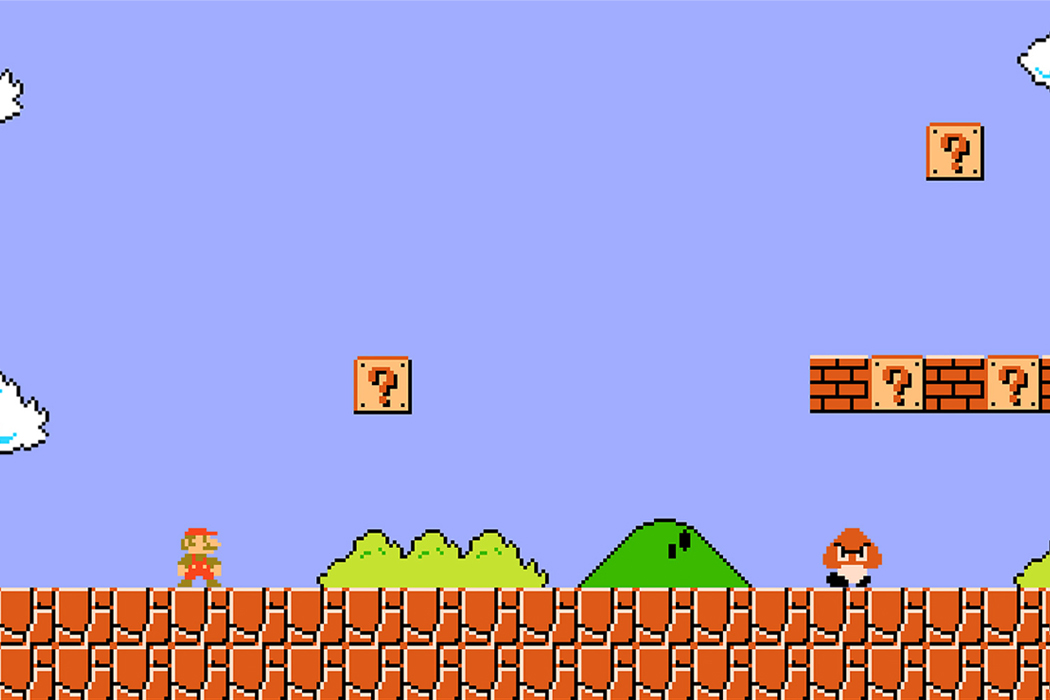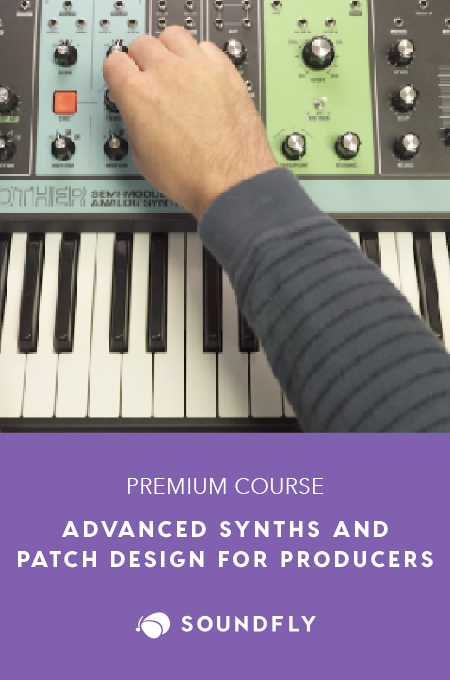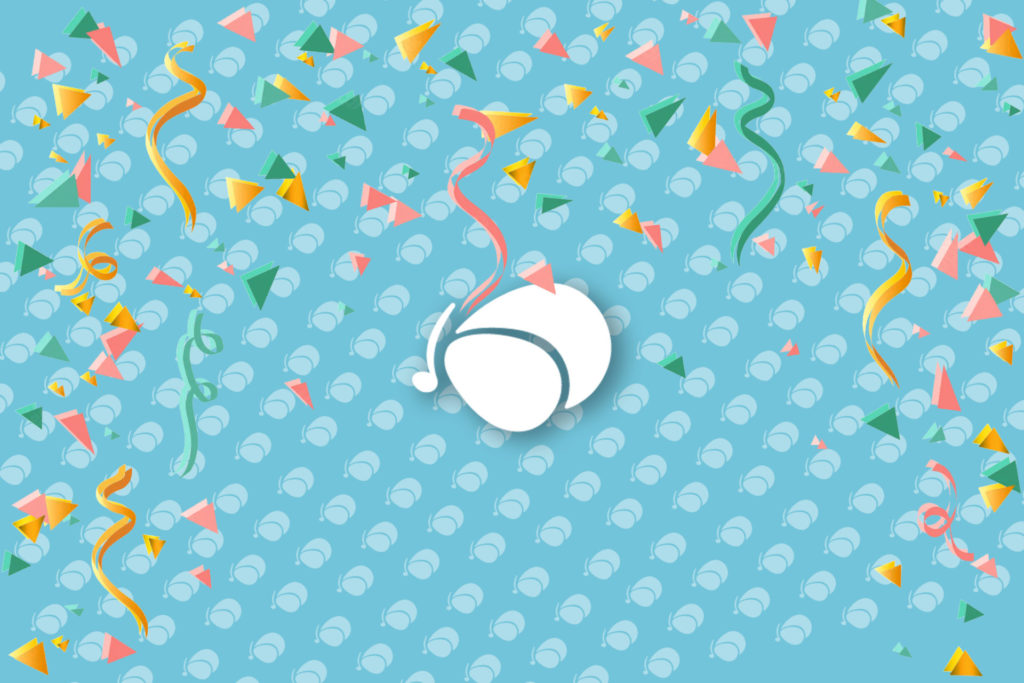
The following post is part of our new column, Poorly-Guarded Secrets from the Soundfly Mentors’ Guide. Written by mentor and VP of Learning & Curriculum Development Mahea Lee, this series is intended to assist, inspire, and offer a peek into the types of discussions we have behind-the-scenes here at Soundfly.
Maybe I meant to let Mario die.
Now that I have your attention, let’s set the record straight — I’m not a violent criminal making a confession. I’m just someone with a curious mind and a short attention span who grew up playing Nintendo games.
I don’t like tedious directions or coloring in the lines. I’m a terrible baker because I have little patience for measuring, and there’s at least one piece of Ikea furniture in my house that needs the wall it leans on. Perhaps you can sympathize. Maybe you add a secret ingredient to every recipe you cook, or maybe you were the kid who refused to build her Lego jet the way the instructional booklet recommended.
The point is: It feels good to figure things out for yourself, and to get messy with it, especially if there isn’t much at stake. Sometimes, that’s even how we make the biggest strides in our skill development. I’ll come back to this in a moment.
Projects, Pressure, and the Toll of Emotional Investment
In addition to being an administrator, I mentor sessions myself. Before Soundfly, I taught music lessons off and on, starting at about the age of eleven (which, looking back, sounds as weird to me as it does to you). Most significantly, I’ve studied music for as long as I can remember, so I’m familiar with the types of learning hurdles musicians run into.
Soundfly mentorship sessions are practical, highly-personalized, and driven by projects that are meaningful to our students — arrange a piece for your choir, plan the release of your first EP, mix an original song, etc. This type of active learning allows students to flex creative muscles and accomplish something substantial, but on its own, it can be overwhelming. A blank canvas is paralyzing if you think whatever ends up on it will be the measure of your artistic worth.
As a classical piano student, I’d spend months on each piece. I’d fixate on details, paranoid that misreading one articulation could be catastrophic. The paranoia led to perfectionism and then procrastination. I’d start out with enthusiasm, but I’d end up worn out and emotionally disconnected from the material. When I finally performed the piece, I considered myself a gifted pianist on page one, mediocre by the middle of page two, and a waste of a good teacher’s time by the last few measures.
A Mountain of Molehills
Of course students should be invested in their projects, but having the confidence to see something through in a meaningful way often requires a different kind of practice, which is why great educators often provide simple opportunities to succeed or “fail” freely.
I know making a mountain out of a molehill is a bad thing, but what if we built an incline by adding one molehill to another and another and so forth? With the movement of each small, measurable bit of dirt, we’d come a little closer to accomplishing something earth-shifting. Instead of simply starting and ending, our progress could be tracked by many mini milestones — and through some light trial and error along the way, you may find an even more streamlined way of maneuvering the dirt so that you can do more with less energy required.
We can’t always see the full scope of a project while we’re in it, but we do have the opportunity to make small tweaks and tests during that window, which, once the project is over we might lose out on if we didn’t.
Clarity, Variation, and Reflection
Soundfly’s project-based learning style can be most effective when balanced with lightweight, low-pressure practice activities. This often means assigning students variations on an exercise that allows for experimentation while providing a simple path to success. We then encourage students to reflect on the exercise and form educated opinions.
For example, a student honing their harmonic skills might be asked to sit down at their keyboard and come up with five chord progressions, all of which must be in the key of F major. The first progression should contain four diatonic chords. The second should also contain four chords, but one of them should be borrowed from another key. The third progression must include at least two seventh chords. And so forth.
Then, their mentor will ask the student to identify which progression they like best and what feels more successful about it than the others. They’ll revisit the student’s workflow, and discuss ideas for other variations on the activity. They’ll chat through observations.
Here’s what I like about this kind of practice exercise:
- The student has a clear objective. It can be hard to tell when a project is “done,” but practice exercises have their own obvious finish lines.
- There are multiple chances to succeed along the way. It’s okay if one or two of a student’s chord progressions are less than extraordinary. In fact, the activity is more useful if the student dislikes at least one progression. While figuring out what they don’t like about it, they can learn something new about their artistic preferences and the tools at their disposal.
- Mistakes are acceptable. One false step won’t derail the assignment. If the student misreads a constraint or uses the wrong chord, it’s not the end of the world.
- Risk-taking isn’t all that risky. Because “failure” is either insignificant or non-existent here, the student should be allowed the freedom to get creative.
- The activity supports related projects. This student could use one of their practice progressions as a starting place for a follow-up compositional project. Even if that doesn’t happen, practicing a related skill set will hopefully alleviate some of that project-based pressure.
Game Over
Before I ran Mario into an oncoming Goomba at full speed, I learned to make him jump, duck, and move forward. I practiced those things until I had them mastered. Jump-run-duck-run… and yet, I still had trouble passing certain levels. So rather than begging my dad to beat the game for me, I decided to refocus my efforts — I wasn’t trying to save the princess anymore. I just wanted to see what Mario could do.
I held the jump button down just in case that would make him hang in the air longer than expected. I ran toward the left side of the screen until I was pushed into a small canyon. It was easy to experiment, because I wasn’t afraid to fail. Plus, trying new things gave me skills and strategies that came in handy later.
Okay, so I didn’t really mean to let Mario die. But once I had built up my foundational skill set, I used it to teach myself that nothing awful would happen if I didn’t reach the end of a level. By removing the pressure to succeed at the game’s intended objectives, I gave myself the opportunity to try bite-sized experiments. That improved my skills in the long run, making it easier to solve problems creatively when it mattered.
With practice and exploration, I became more confident and the larger project, as well as the goals that came with it, became far less daunting.
Ready for a coaching session of your own?
Soundfly’s community of mentors can help you set the right goals, pave the right path toward success, and stick to schedules and routines that you develop together, so you improve every step of the way. Tell us what you’re working on, and we’ll find the right mentor for you!




